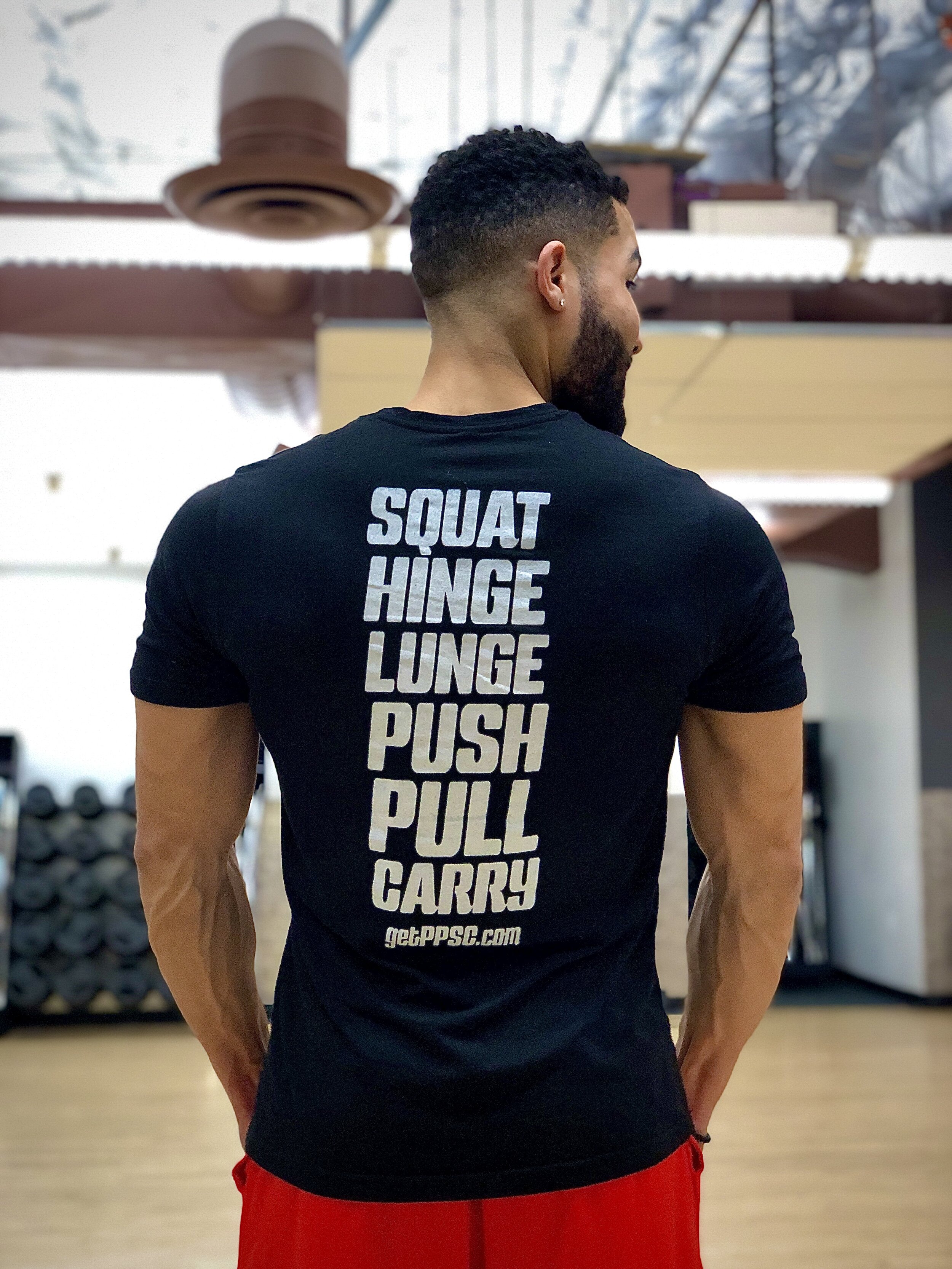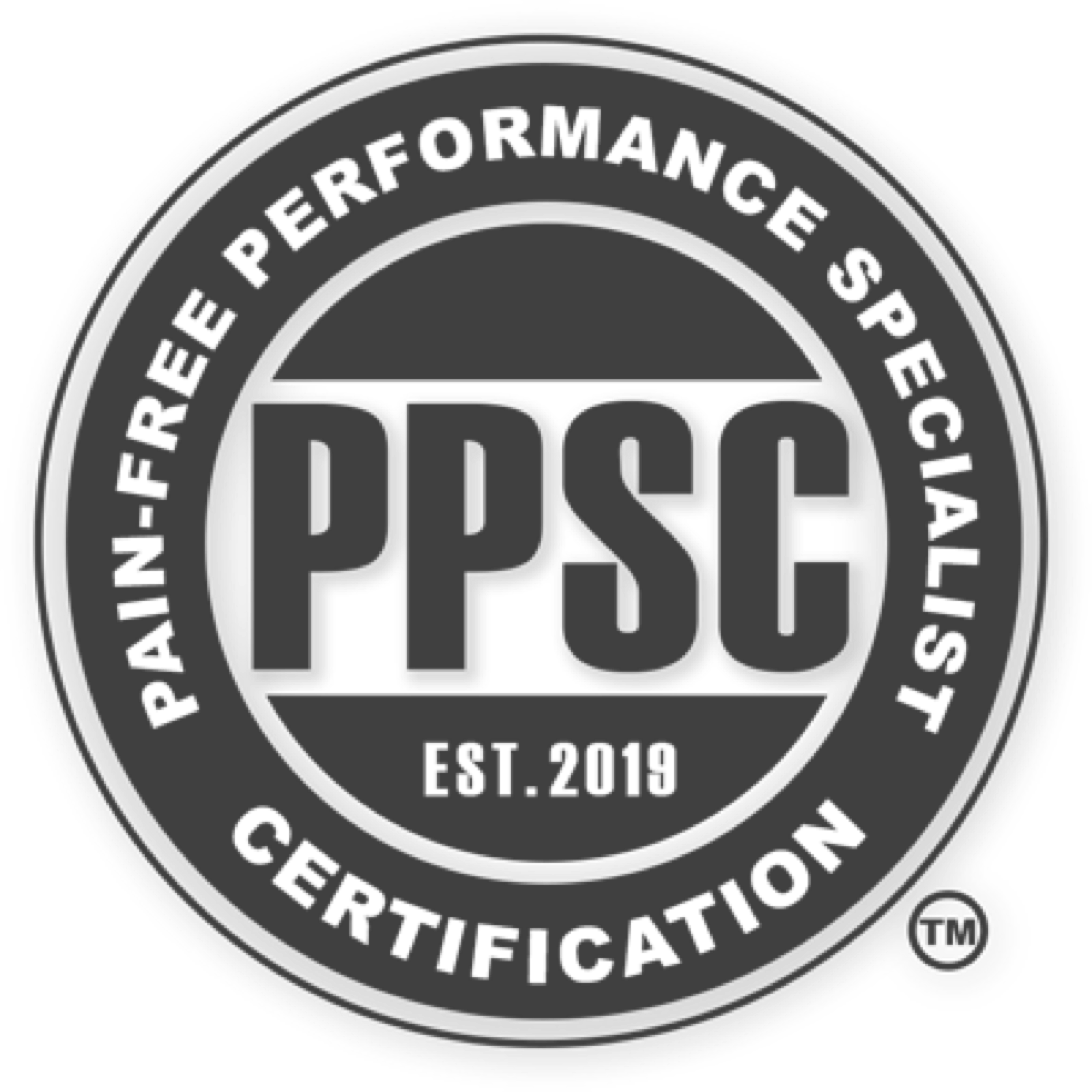Learn about the 6 essential movement patterns that everyone must master for pain-free training.
Key Questions
What's the number one reason why people stop training?
Why must we learn how to properly move in these movement patterns?
How can I train for longevity?
Where can I learn the best exercise variations for my goals, body, and skill level?
The Foundation Of Your House
“If your body is like building a house, then any flaws in the foundation will only get worse as you build up (compounding defects).”
Long term sustainability over short term satisfaction is my training philosophy. During my time as a coach, I discovered that there are too many inexperienced and experienced lifters out there that are chasing the instant gratification from training rather than focusing on their foundation. Your foundation is where all the success comes from and unfortunately where all the failure comes from. It’s made up of stability, mobility, and the connection between your mind & muscles. Without a proper foundation, your whole house collapses. The result is pain, increased risk of injury during training, and lack of improvement (plateaus). If your body is like building a house, then any flaws in the foundation will only get worse as you build up (compounding defects).
The number one reason why people stop pursuing their fitness goals is because of pain, dysfunction, and injury. Just look at any successful sports athlete, competitive bodybuilder, or advanced lifter. They established the best foundations on the planet and built upon them to achieve the fittest physiques on the planet. Unfortunately, there were many journeys that came to an abrupt end due to pain, dysfunction, and injuries. Their bodies couldn't sustain the damage that they were inflicting upon it and their house collapsed. The weaker the foundation, the faster the house falls.
Mastering your body requires being able to move, control, and load it from multiple different positions. Squat, Hinge, Lunge (Single Leg), Push, Pull (Vertical & Horizontal), and Carry are the movement patterns that EVERYONE must focus on for longevity.
Squat
“If you can’t properly squat with just your bodyweight, then how are you suppose to safely and effectively squat with weight on your back?”
The squat is arguably the king of all compound movements. Benefits include: complete lower body muscle development (quads, hamstrings, glutes, calves), increased core strength (stabilization), increased anabolic hormones which aid in muscle growth (testosterone and human growth hormone), increased metabolic rate which aids in fat loss (increased calorie burn), increased flexibility, and the list goes on. There's no doubt that everyone should be capitalizing on the benefits of squatting even if its just for daily living, but HOW we squat is where the confusion comes in.
Bodybuilders and fitness models have conditioned average people to perform movements just like them in hopes to achieve a fraction of their results. Everyone's bodies are built different, which means that not everyone can or should be squatting all the way to the floor with massive resistance on their back. The equivalent is like saying everyone needs to be on a 2,000 calorie diet to lose weight which is very far from the truth. Following the one size fits all approach to squatting will eventually just bring pain, discomfort, and injury.
The solution is to first understand how to properly squat without resistance. If you can’t properly squat with just your bodyweight, then how are you suppose to safely and effectively squat with weight on your back? Once proper depth can be achieved with the neck, spine, and pelvis remaining neutral, then you can progress o harder variations with resistance (dumbbell goblet squat, goblet squat to box, front squat, etc.).
Hinge
The hip hinge is the most widely misunderstood movement pattern. From my experience as a coach, most people don’t know how to do it or what it is. In simple terms, the hip hinge is where you bend backwards from the hips while maintaining a neutral spine. You do it every time you pick something up. The deadlift is the most popular hip hinge movement that has an enormous amount of benefits such as strengthening your entire body and protecting your back from injury.
Like I mentioned previously, our bodies are all different. Not everyone is designed to deadlift off the ground from the same height of all the weight plates. Not everyone possesses the proper mobility, depth, and stabilization in their spine to deadlift off the ground with resistance at the same height as everyone else. This is the exact reason why so many people feel tension, pain, or injuries in their lower back from doing deadlifts and avoid the movement all together.
There are a number of hip hinging movements besides the deadlift that you must master before attempting to do the deadlift effectively. Just like with the squat, bodyweight movements where you practice maintaining a neutral spine and go into hip extension (locked hips)from the ground must first be prioritized. Load is then added as you progressively move to more difficult upright hinge variations. The deadlift may not be your end goal and another hinge movement may be more ideal depending on your individual body type.
Lunge
Most people cringe when they hear the word lunge. A tidal wave of knee pain and joint agony is what's felt for the unfortunate. Performing the right single leg movement for your body and skill level can unlock your lower body strength and mobility. Any type of weaknesses in your lower body can be pinpointed and improved upon when you practice the lunge movement.
Effective lunging starts with staying stationary in a split stance and of course using just your bodyweight. Elevating your front foot and adding resistance are the next steps before graduating to movement based lunging like the reverse or forward lunge. Any pain in the knees is an immediate sign of a weakness that must be addressed before moving onto more difficult movement patterns.
Push
Upper body pressing is the staple movement pattern in most weight training programs nowadays. It can be broken down into two planes of motion, horizontal (perpendicular from chest) or vertical (overhead). The shoulder joint is the heart of all push movements. Without proper stability and tension in the core and upper back, the shoulder joint is the first area to be compromised. Say goodbye to upper body strength and muscle building potential, and hello to shoulder pain.
The bench press is the last movement you want to progress to and you want to start with the fundamentals. There's a reason why the pushup is so effective for both men and women. There's multiple different variations that can challenge you despite not adding a single weight. Once this movement is mastered, you can then proceed to adding additional weight, dumbbells, and lastly barbells. A 2:1 ratio of volume for horizonal push to vertical push is recommended for pain free performance.
Pull
The importance of pulling has never been emphasized as much as it is now in our technology driven world. You're mostly like slouched over and practicing bad posture as you read this. Pull does have some similarities to push where it can be broken down to horizontal and vertical planes of motion, but shoulder health relies on pulling. Building a strong and stable back is one thing, but doing the same with your shoulders is only possible by pulling in the opposite direction of where your shoulders are typically going.
Developing the habit of retracting (pulling back) starts with emphasizing horizontal bodyweight pulling movements (inverted row) and then adding resistance (dumbbell row). Vertical pulling like the pull up requires not only strength, but a strong mind and muscle connection with all the muscles in your back. A 2:1 ratio of volume for horizonal pull to vertical pull is recommended for pain free performance. A 3:1 ratio of volume for pull movements to push movements is also recommended.
Carry
One of the most neglected and underrated methods of training is the carry. Understanding how to move your body with control is fundamentally what we're designed to do. Crawling, walking, running, and sprinting all forms of locomotion that's engraved inside of our DNA. Besides improving the quality of our daily life, the benefits include: core development, stability (proximal), mobility (distal), and preventing chronic joint pain in the long term.
Before you grab something heavy and attempt to start moving with it, you must first be able to stand on one leg without weight while maintaining a neutral posture. You then can load one side of your body with a light weight and repeat. Once total body stability is established you can move on to harder variations that require heavier loads or different placement (single, double, front rack, overhead, etc.)
Pain-Free Training
Shifting your focus more towards developing and improving your foundation will ultimately prevent injury, help you improve total body strength & performance, and further aid you in accomplishing your goals in the long term.
If you want to train pain-free and develop a bulletproof foundation, then get a customized program based on your goals, body type, experience, past injuries, and available equipment by crafting your own Avatar in Infitnite. Your Avatar represents your preferred training style, primary fitness goal, current experience level, and game play style.
The Rank 1 Avatars are specifically designed around developing the core skills, habits, and abilities required to progress through more difficult levels. Higher Ranks require more experience to properly execute on each one of the 6 foundational movement patterns.
If you want more of a one-on-one approach to achieving your goals, then consider adventuring in Infitnite’s Sanctum Realm. The Sanctum is a Mentorship Cooperative Single-Player Experience where you can customize every aspect of your avatar’s training with guidance from an experienced wizard mentor, who will tailor your physical combat, nutritional alchemy, and mental intellect skills to your personal needs and goals.













Dive into these 20 pivotal fitness mistakes, drawn from my real-life training journey, to spot, understand, and avoid the common pitfalls that can derail progress and growth.